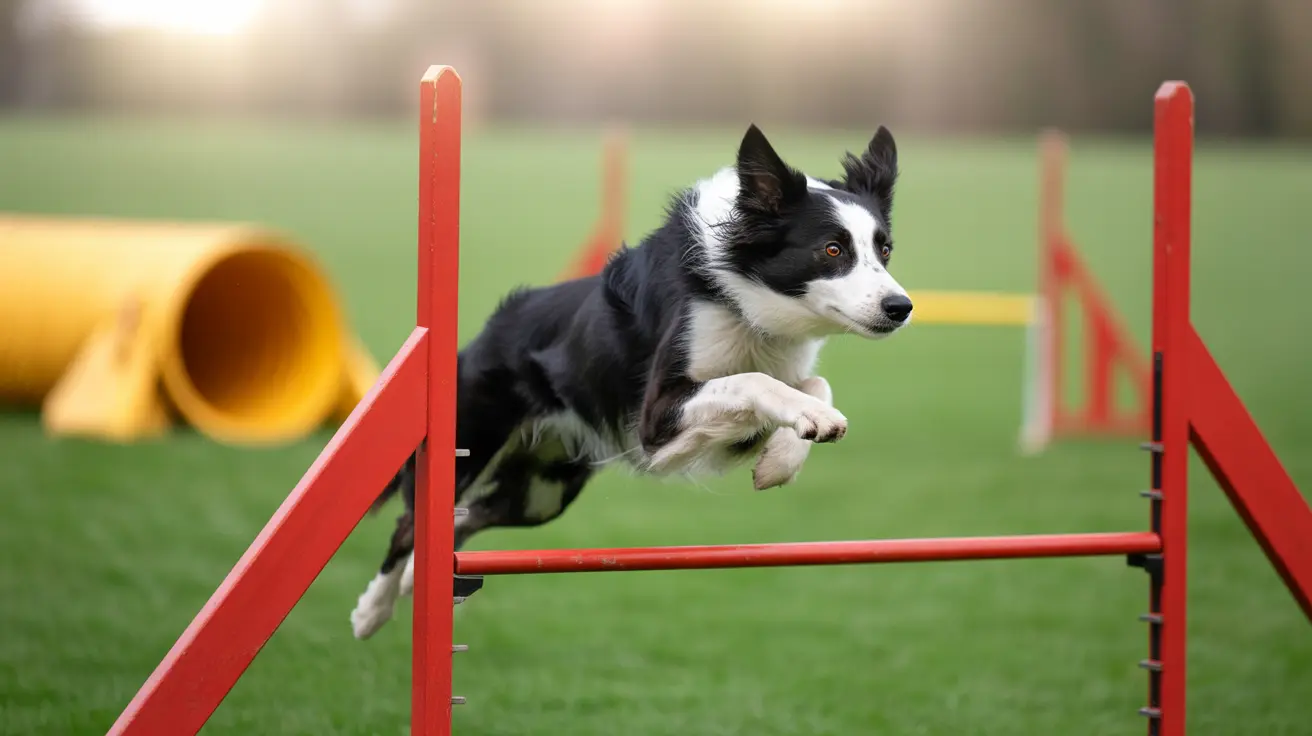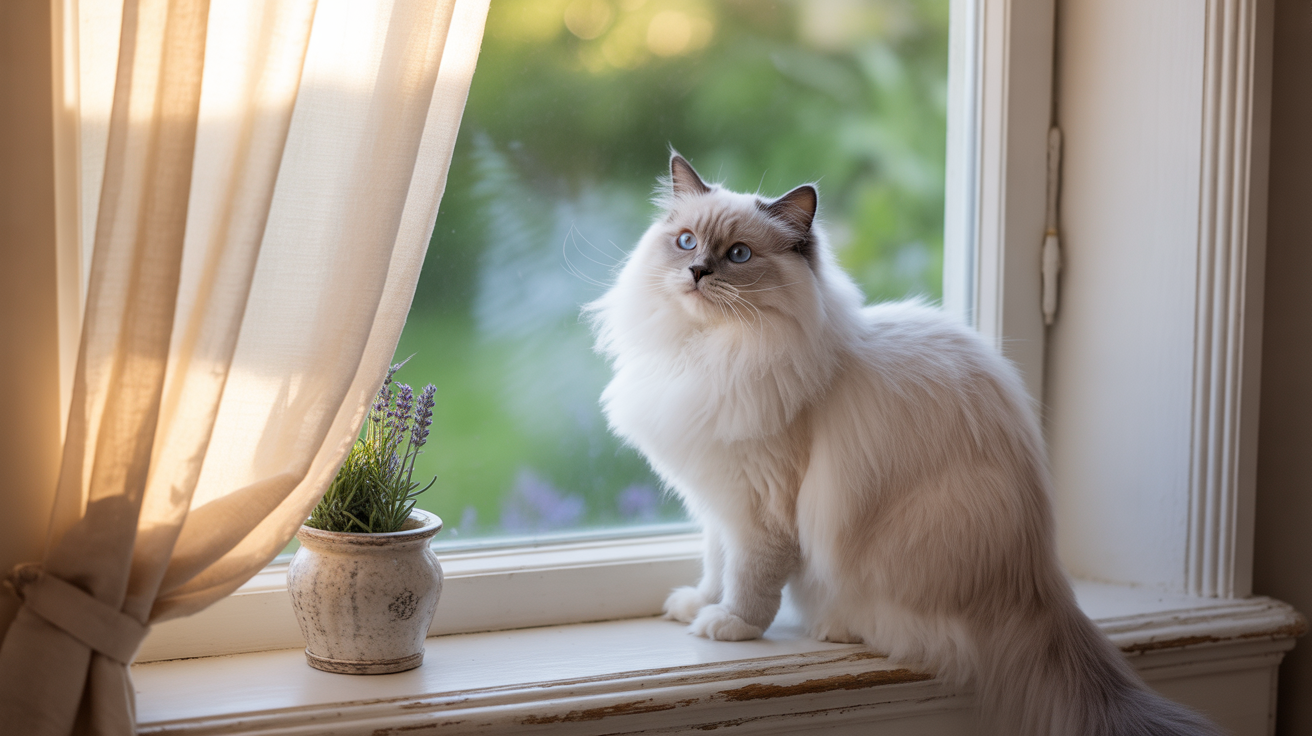Can a Dog Heal Its Own Wound? What Pet Owners Need to Know
Dogs are incredibly resilient animals, but when it comes to wound healing, they need human assistance. While their instincts may lead them to lick or nurse a wound, this natural behavior is often insufficient and even counterproductive. Relying solely on a dog's innate tendencies can result in delayed healing or serious infections.
Understanding Dog Wounds
Dog wounds may result from daily activity, fights, trauma, or medical procedures. These injuries vary greatly in severity and can be classified as:
- Minor cuts and abrasions: Superficial damage often caused by rough play or sharp objects.
- Deep lacerations: Severe breaks in the skin, possibly requiring sutures or advanced care.
- Bite wounds and punctures: Small incisions that carry a high risk of infection.
- Burns: Resulting from heat, chemicals, or abrasive surfaces.
- Hot spots: Moist, itchy lesions caused by excessive licking, which may worsen over time.
- Surgical wounds: Require careful monitoring to avoid reopening or infection.
Can Licking Heal a Dog's Wound?
Licking is a natural dog response to injury. Enzymes in saliva may mildly cleanse wounds, but excessive licking introduces bacteria and can increase the risk of infection. Persistent licking also delays healing and may lead to complications like hot spots or reopened stitches.
When Veterinary Attention is Vital
Some wounds require immediate professional help. Consult a vet if you notice:
- Profuse or uncontrolled bleeding
- Exposed muscle or bone
- Bite marks, deep punctures, or embedded objects
- Wounds near eyes, the chest, or abdomen
- Signs of infection (redness, pus, swelling, odor)
- Ongoing lethargy, fever, or appetite loss
Home Care for Minor Wounds
For minor wounds, you can manage initial care at home by following these steps:
- Restrain your dog safely to prevent movement or biting during treatment.
- Assess the wound type and severity.
- Stop active bleeding with direct pressure using clean gauze or towels.
- Check for debris and carefully remove what isn’t embedded too deeply.
- Trim fur around the wound using electric clippers to expose the area clearly.
- Clean the wound with lukewarm water or saline (1 tsp salt in 500 mL clean water). Avoid harmful substances like hydrogen peroxide or alcohol.
- Apply a dog-safe antimicrobial ointment.
- Cover with sterile gauze and secure it with an elastic bandage—ensure it’s snug but not tight.
- Prevent interference by using a recovery cone to hinder licking or scratching.
- Monitor daily for redness, swelling, or discharge, and replace the bandage frequently.
Items to Include in Your Pet First Aid Kit
Every dog owner should have a prepared pet first aid kit containing:
- Muzzle and disposable gloves
- Pet-safe antiseptic (2% chlorhexidine or povidone-iodine)
- Sterile gauze pads, non-stick dressings
- Self-adhesive bandage wrap
- Tweezers and bandage scissors (blunt-tipped)
- Electric clippers, water-based lubricant
- Recovery cone (Elizabethan collar)
- Dog-specific antimicrobial ointment
Special Considerations for Serious Wounds
Some cases require specialized veterinary intervention:
- Facial, chest, and abdominal wounds: Due to proximity to vital organs.
- Surgical wounds: Must be kept dry and clean; follow all post-operative guidelines.
- Broken nails: Control bleeding, prevent infection, and consult a vet for removal if necessary.
Preventing Wounds in Dogs
Reducing injury risk involves careful supervision and safe environments. Tips include:
- Avoid hazardous areas with sharp objects
- Use leashes during walks and dog parks
- Trim nails regularly and bathe as needed
- Keep all vaccinations current—especially rabies
Conclusion
Dogs cannot truly heal their own wounds. While minor abrasions may resolve with proper cleaning and monitoring at home, more serious wounds require professional assessment. Monitoring for signs of infection, keeping wounds clean, and preventing interference are critical steps in the healing process. Always err on the side of caution—when in doubt, consult your veterinarian.





